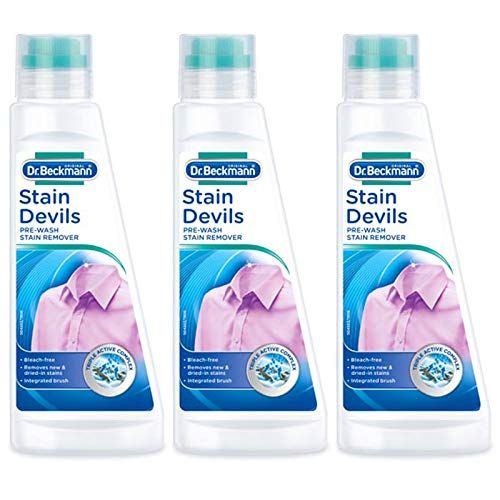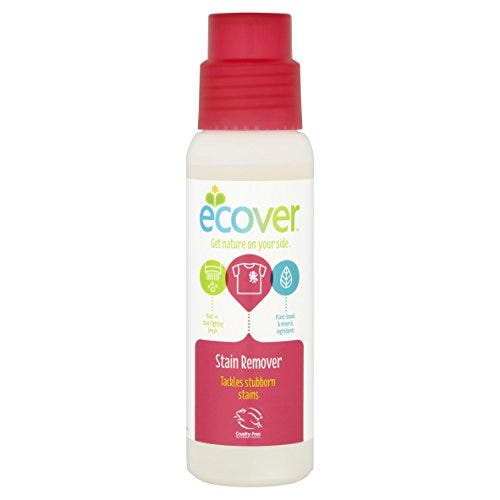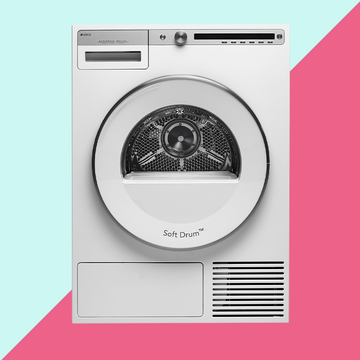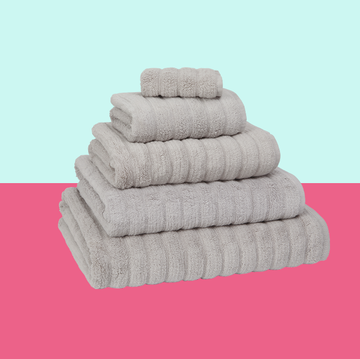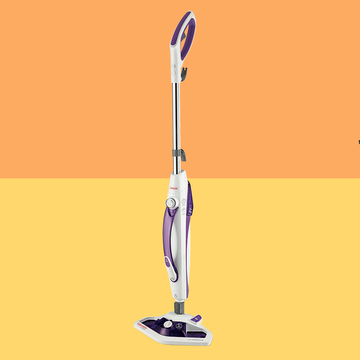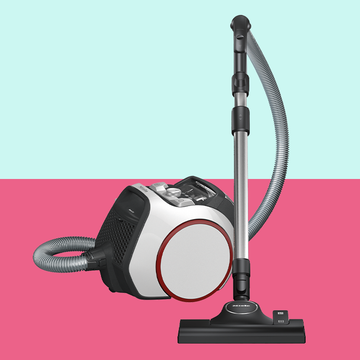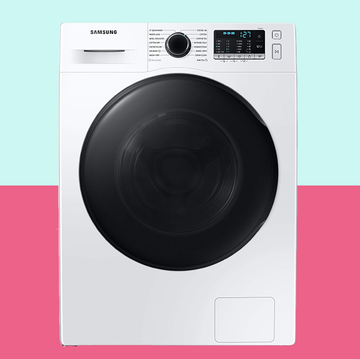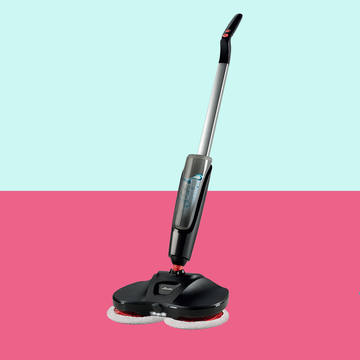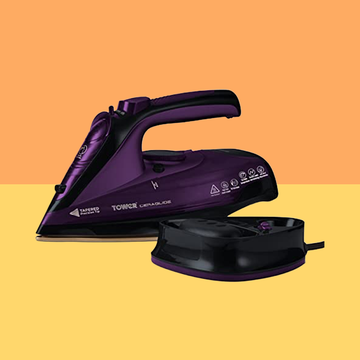Juggling work deadlines, school runs, and a social life means we’re all always on the hunt for time-saving hacks, and the quick wash function on your washing machine can seem like a dream come true. Especially when you're staring down at a last-minute outfit emergency.
But here’s the catch: overusing your machine’s speedy cycle can lead to issues with both your clothes and the appliance itself. Here's how to use it the smart way.
Does quick wash cycle really save energy?
One of the key benefits of using a short cycle is that it typically consumes less electricity and water, good for your energy bill and the planet. It’s a convenient go-to for lightly worn items or a quick refresh.
What to read next
That said, it’s not the best choice for tackling stubborn stains. Quick washes tend to run at cooler temperatures, which aren’t powerful enough to break down deep-seated dirt or grease. For any heavily soiled clothing, you’re better off running a full cycle.
Does the quick wash cycle kill germs?
In most cases, no. To effectively eliminate germs, allergens and dust mites, laundry needs to be washed at temperatures of at least 60°C — and most express cycles don’t get that hot.
For high-risk items like towels, bedding, or clothing for young children or elderly family members, stick to a hotter wash and choose a detergent with built-in bleach. Just make sure to check care labels first, as some fabrics are sensitive to heat.
Which detergent works best with quick wash?
Your detergent matters more than you might think. Biological detergents, which include enzymes, are great for breaking down stains, making them ideal for general use. Non-bio detergents are a gentler alternative for sensitive skin, but don’t pack the same stain-fighting punch.
Because a quick cycle has a reduced rinse time, go easy on the amount of detergent you use. A half dose is usually enough. Liquid detergents also tend to dissolve better in a short cycle than powder, making them a safer bet for this setting.
Will quick wash affect your machine’s cleanliness?
Yes, potentially. Lower-temperature washes don’t clean the inside of your machine as effectively, which can lead to unpleasant odours caused by mould and bacteria.
To prevent this, run a hot, empty cycle with no detergent once or twice a month to flush out any build-up. It’s also a good habit to wipe down the door seal and clean the detergent drawer regularly to avoid grime and residue.
How much laundry can you put in a quick wash cycle?
It’s tempting to fill the drum, but overloading is a big no-no on the quick cycle. These shorter programs are designed for smaller loads, often around 2–4 kg, depending on your machine’s model.
A full drum won’t give your clothes enough room to agitate and rinse properly, meaning they’ll come out less than fresh. Save the quick wash for those last-minute bits you need in a hurry, and switch to your machine’s Eco mode for bigger loads. It’s more energy-efficient than a standard cycle, even if it takes longer.


